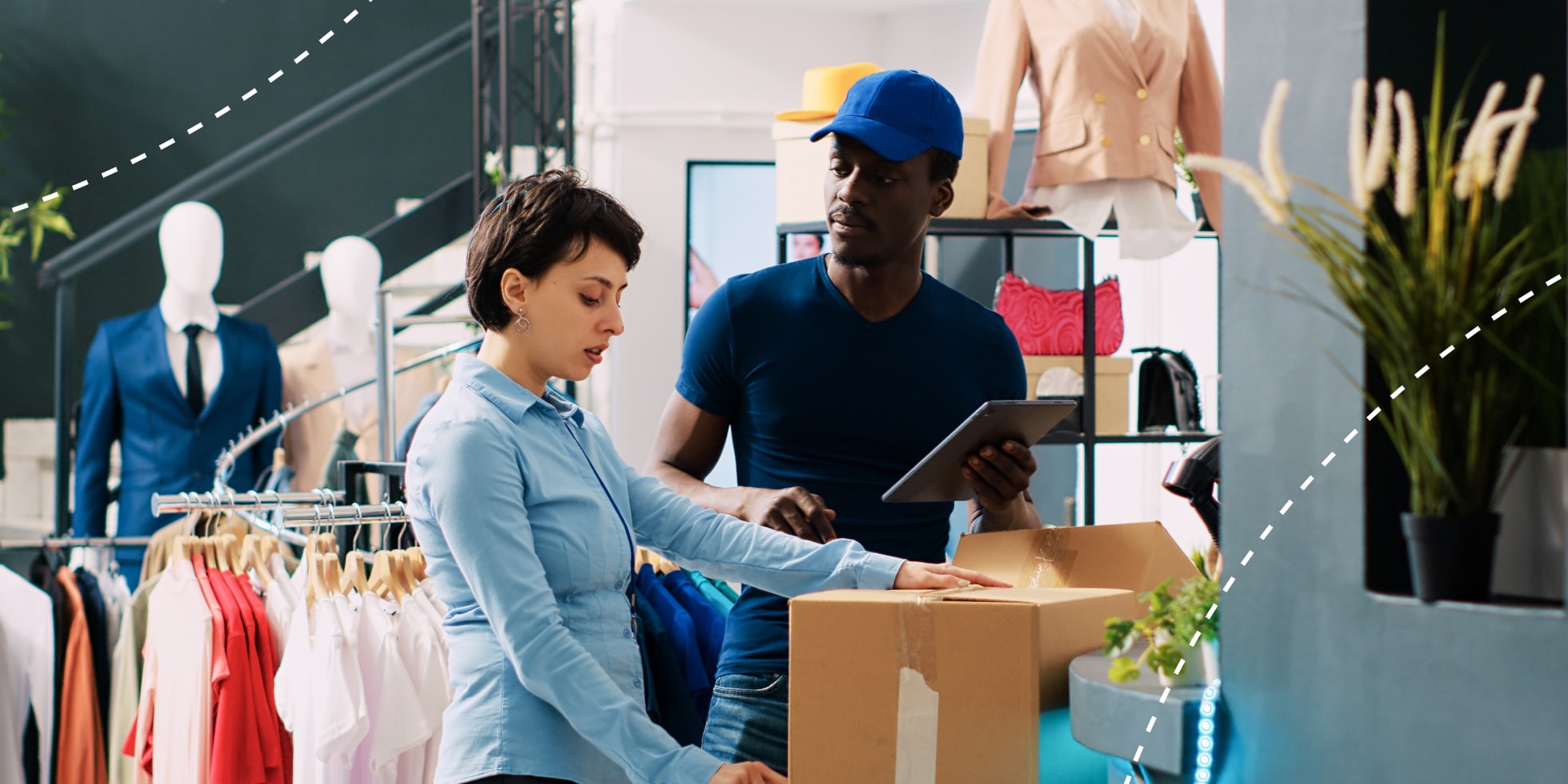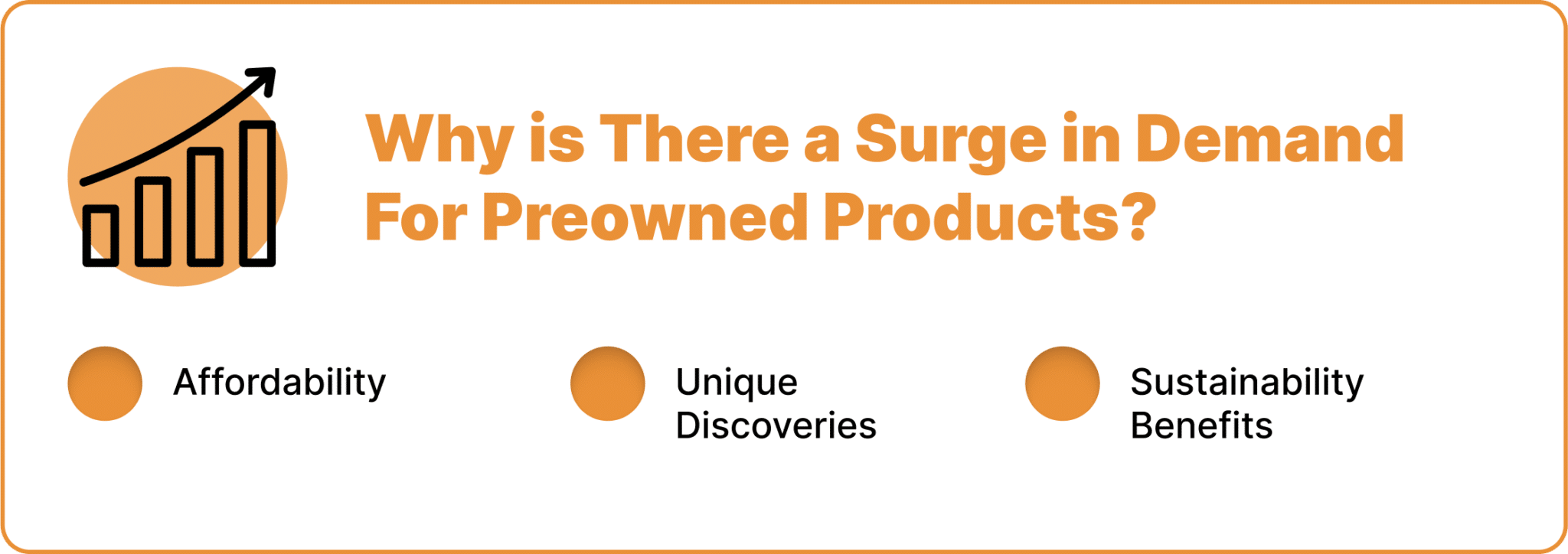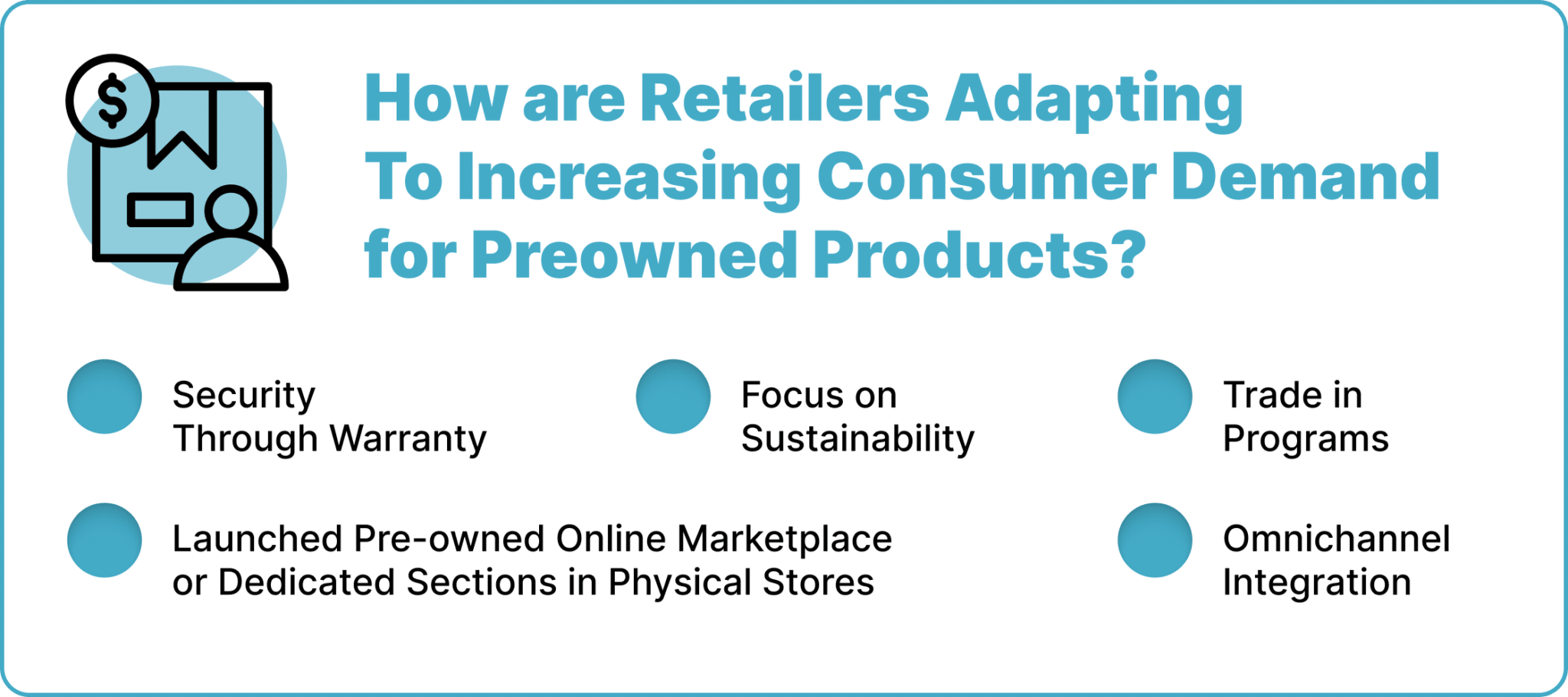How Are Retailers Adapting To Consumer Demand For Preowned Products?

Consumers increasingly turn to pre-owned products to meet their needs in a post-COVID economy that is still reeling from the devastating impact of the pandemic.
Yes, consumerism is shifting and trending towards second-hand goods or recommerce.
However, it presents all sorts of dilemmas for retailers regarding their business model. Their success is dependent on how they perceive the increased demands. In this article, we will explore why there is a surge in demand for preowned goods and how retailers are adapting to meet these demands.
Why is There a Surge in Demand For Preowned Products?
Across the globe, specifically in emerging countries, demand for used or pre-owned items has existed for a while. However, the trend recently became popular across Europe and North America.
Here is why the market is becoming increasingly popular:

Affordability
Thanks to high product quality, consumers can now get expensive products at affordable costs.
Imagine buying pre-owned high fashion clothes or a name-brand electrical appliance produced a year ago. The product is in good nature and offers the same features. However, because of its second-hand nature, you can get it at a much cheaper or affordable rate.
This has allowed low-income customers to access the best products at a great price. As you can imagine, it has been a huge success.
Unique Discoveries
The preowned market has allowed customers to find unique and rare items that are no longer being manufactured.
Typical examples could be found in furniture, vehicles, and some electrical gadgets industry. Customers with nostalgia usually search for and buy products that have long been out of production.
Think of it as giving customers the ability to go back in time.
One of the advantages of this to retailers is that customers are willing to pay more for such a product.
Sustainability Benefits
Sustainability is a significant factor in modern-day consumerism. Today, customers will struggle to patronize retailers who do not take it seriously enough.
The preowned or second-hand market offers an opportunity for customers to buy quality products without feeling bad about negatively contributing to and impacting the environment.
This means less demand for new products, forcing businesses and brands to reduce production.
How are Retailers Adapting To Increasing Consumer Demand for Preowned Products?
As consumers continue to demand more second-hand goods, retailers are under pressure to adapt. Primarily because the retail market is so competitive. Failing to respond to customer demands on time and appropriately could mean a loss of sales and customers.
Here is how retailers are adapting to the current trend:

Security Through Warranty
More retailers are selling preowned products as refurbished products.
However, they are taking steps to help customers feel good about the products by offering a warranty. This tells the customer that the product is great and they can return it if there is a problem.
Of course, it has been a successful strategy for these retailers, leading to increased sales.
Focus on Sustainability
Besides consumer demands, government policies are also increasingly pushing for more sustainability initiatives.
Focusing on second-hand products is an opportunity for retailers to be more sustainable in their businesses. In turn, they can also promote messages to consumers about the benefits of these second-hand products in maintaining sustainability.
So, it is a win-win situation for them.
Trade in Programs
Many retailers have also started programs where customers can trade in their used products for discounts, cash back, or store points. They also buy back some of these products at cheap costs.
This is particularly helpful because retailers do not have to operate a robust supply chain to get goods from suppliers or anywhere else. The customers bring the products to them, drastically reducing operational expenses.
It is also a great initiative to attract more customers, specifically those who did not buy secondhand products from the shop in the first place.
Launched Pre-owned Online Marketplace or Dedicated Sections in Physical Stores
Many retailers (online or physical stores) are creating and experimenting with selling open-box products alongside new items.
Retailers create dedicated sections in their physical and online stores for pre-owned goods. Some are going as far as opening stores (physical or online) dedicated solely to pre-owned goods.
This way, the customers will have an easier time purchasing these items. Of course, it translates to increased sales.
Omnichannel Integration
The omnichannel experience is one of the trending strategies for retailers today. By integrating pre-owned products into the omnichannel platform, they can offer a better customer experience. This also helps increase sales and purchases.
What Does Increased Consumer Demand for Pre-Owned Products Mean for Retailers?
As mentioned earlier, the increased demand for pre-owned products presents retailers with various dilemmas. You may also refer to them as challenges and opportunities. And how retailers respond could determine their success with the new trend.
Challenges Retailers Face With Increased Demand for Preowned Products
The increased demand for secondhand items can complicate a retailer’s business and supply chain model. This is why it presents a challenge to many retailers.
Increased Complexity in Inventory Management
Selling preowned products means more SKUs and inventory for a retail business. This can be an inconvenience for small or medium retailers who are trying to reduce their SKUs.
It also means more inventory to account for, including holding costs, stock management, increased risks, and potential supply chain complications.
Sales Cannibalization
Retailers are increasingly weary of the new trend in pre-owned products eating into the sales of their new products or devices. And with good reason.
If you think about it, the new items require a considerable investment to turn out profits. If the pre-owned products eat into that, it could spell trouble for these retailers.
Opportunities for Retailers in The Face of Increased Demand for Pre-Owned Products
Despite the challenges we explored earlier, there are also opportunities for many retailers to take advantage of.
Here are some of them:
New Customer Reach
Retailers embracing the second item trend on time could reach new customers eager for cheaper but affordable items.
Sustainability Image
The new trend allows more retailers to claim better or high-level sustainability practices. This could boost their brand image and help them score favorable points with customers.
Potentially High Margins
Many times, second-hand items are gotten cheaply and sold to consumers at relatively high margins. Even though they are marketed as great deals, they are cheaper than the new items. The insurance is low, and the supply chain, in many cases, is non-existent.
How ReverseLogix Is Helping Retailers Manage The Pre-Owned Demand
As the demand for pre-owned goods continues to increase, there is a greater need for more streamlined recommerce solutions.
The ReverseLogix Returns Management System (RMS) has the visibility and power to be the technology foundation for your recommerce program.
Our platform supports most current strategies retailers deploy to manage increasing demands for pre-owned products, including trade-in and refurbishment.
Whatever business type (B2c, B2B, or Hybrid), the ReverseLogix platforms support you with different tools and features that guarantee smarter returns, a better planet, and happier customers.
Frequently Asked Questions
Q1: Why are retailers interested in pre-owned goods?
By jumping on the new trend, retailers have a better opportunity to reach new customers, increase the loyalty of existing customers, and ensure better profitability.
Q: How are retailers ensuring the quality and authenticity of pre-owned products
Retailers leverage trained staff, experts, specialists, and tech tools to inspect items and ensure they’re not fake, but are fully functional and in good condition.
Q: Can selling pre-owned products enhance a brand’s image by portraying sustainability or wider accessibility?
Yes, primarily because sustainability is a major trend, and more customers care about businesses that make them a priority. Even if it means they sell refurbished or renewed products.
Q: What does the future hold for pre-owned retail?
In the future, more retailers must focus on omnichannel integration and product customization to drive more sales.